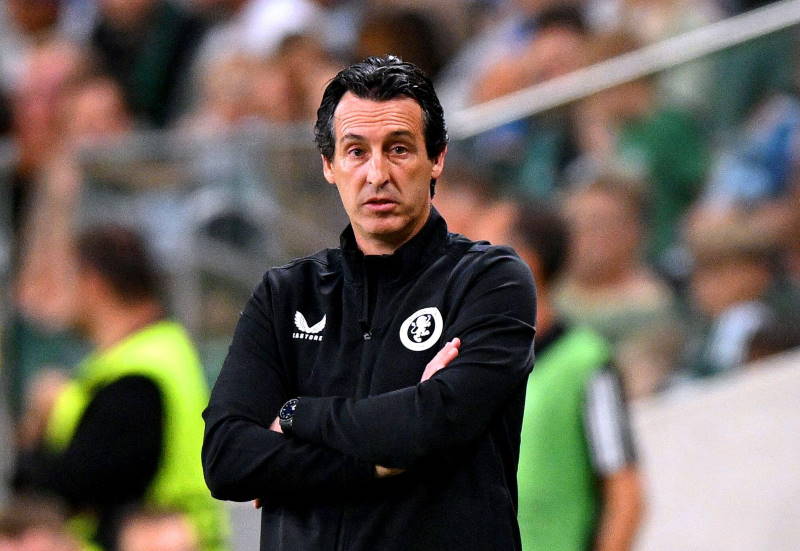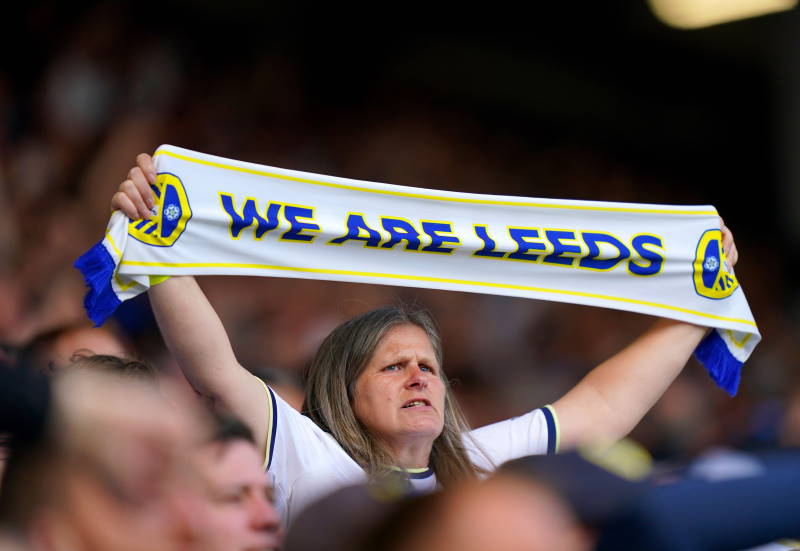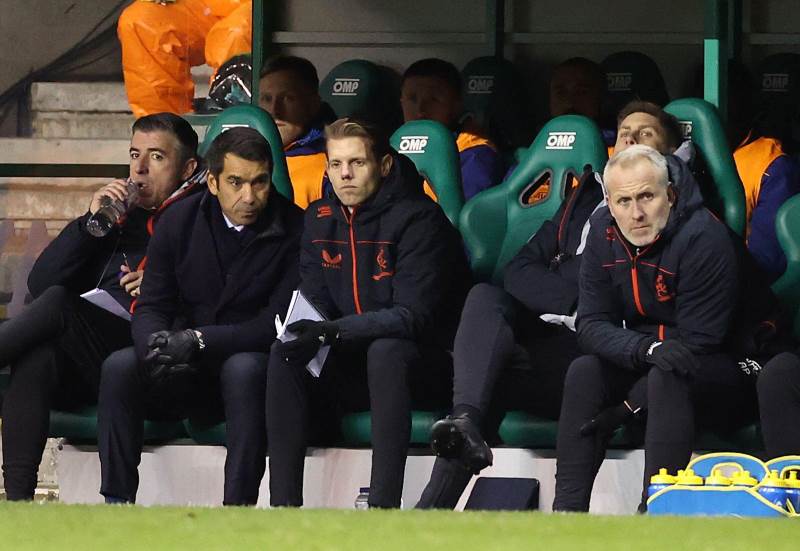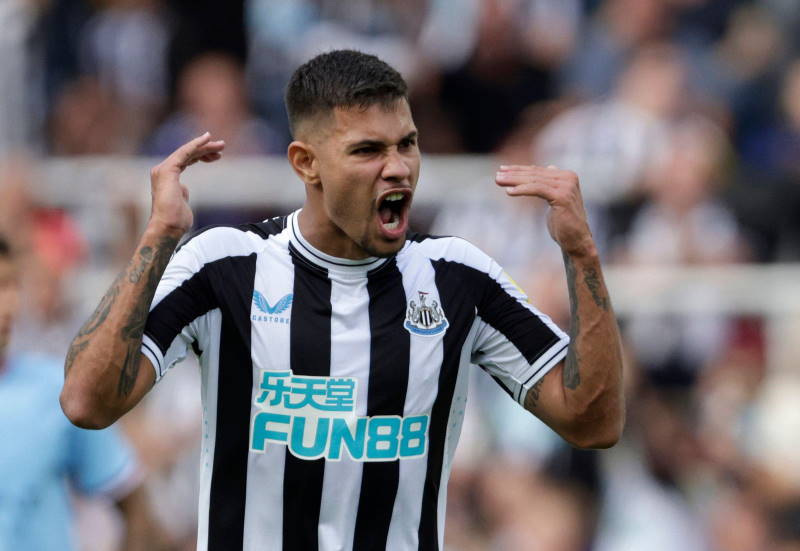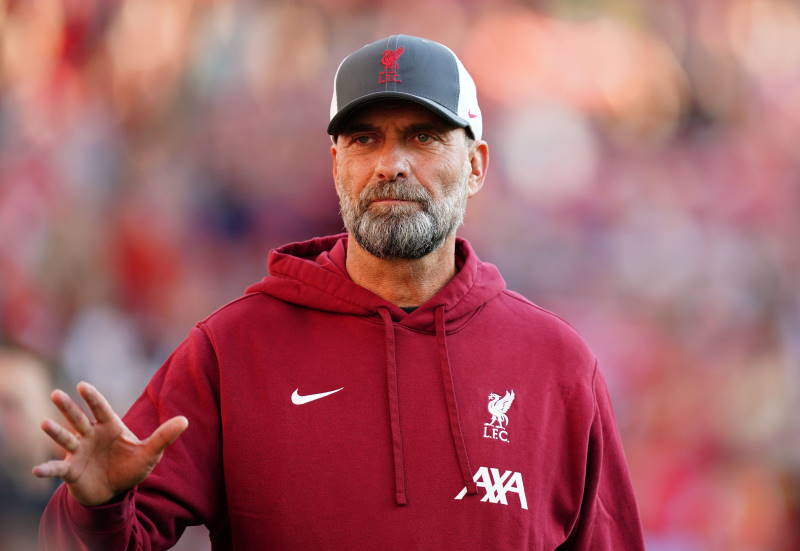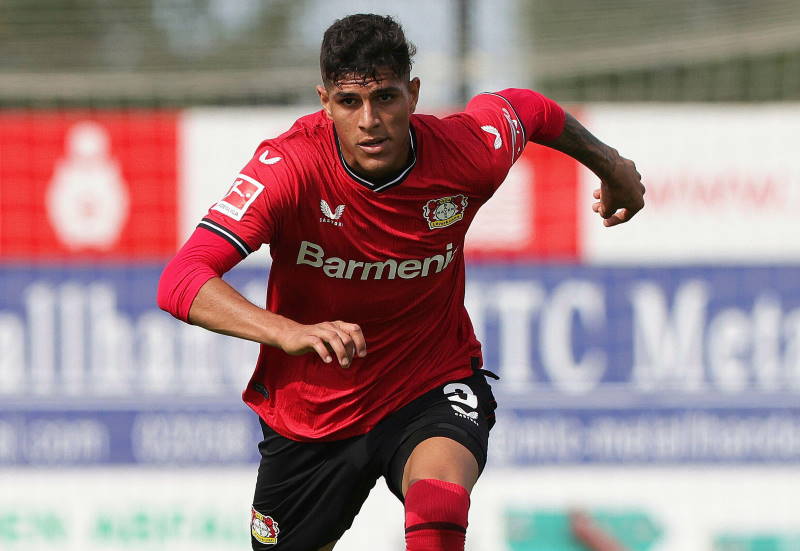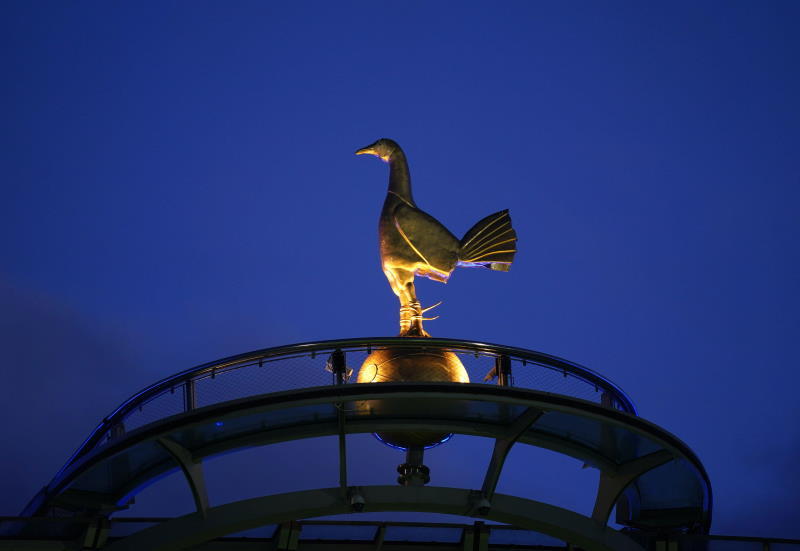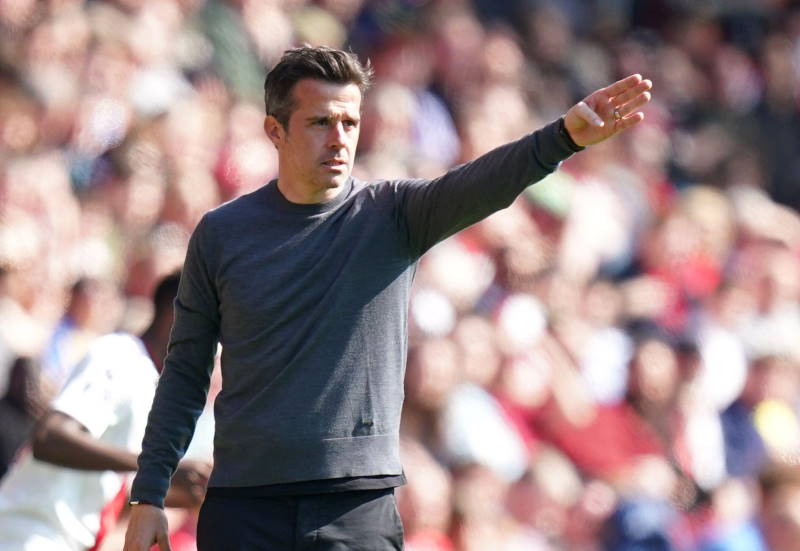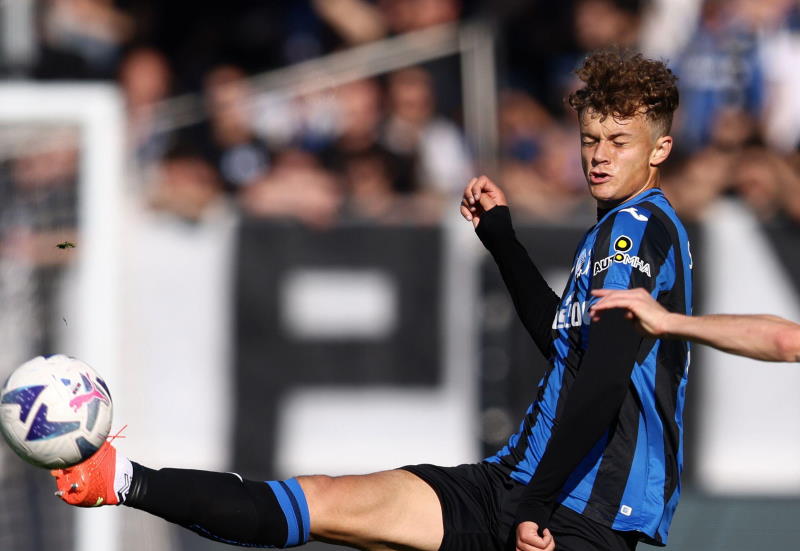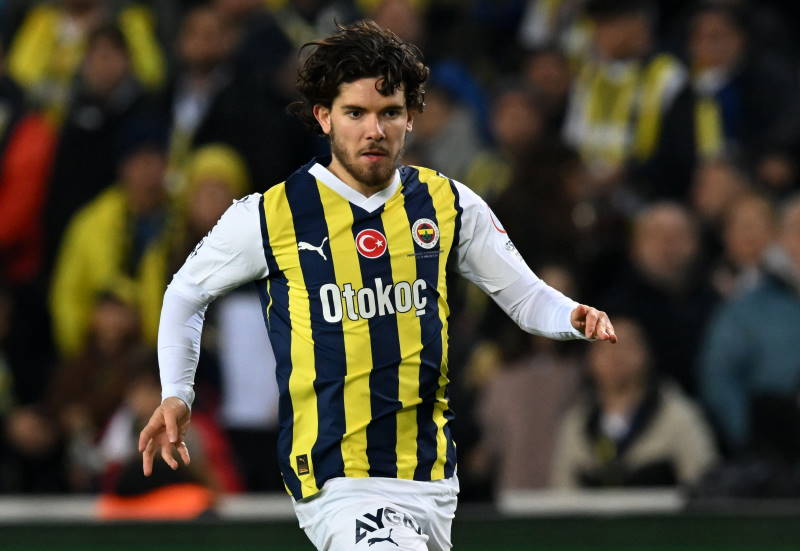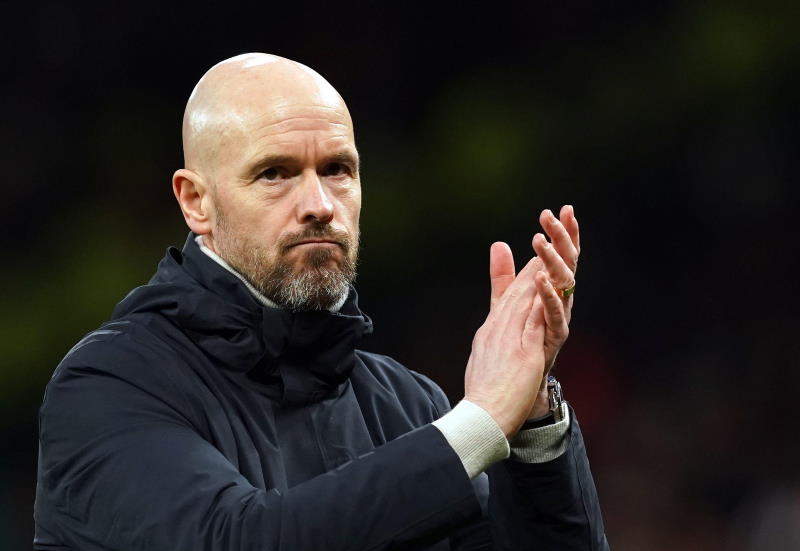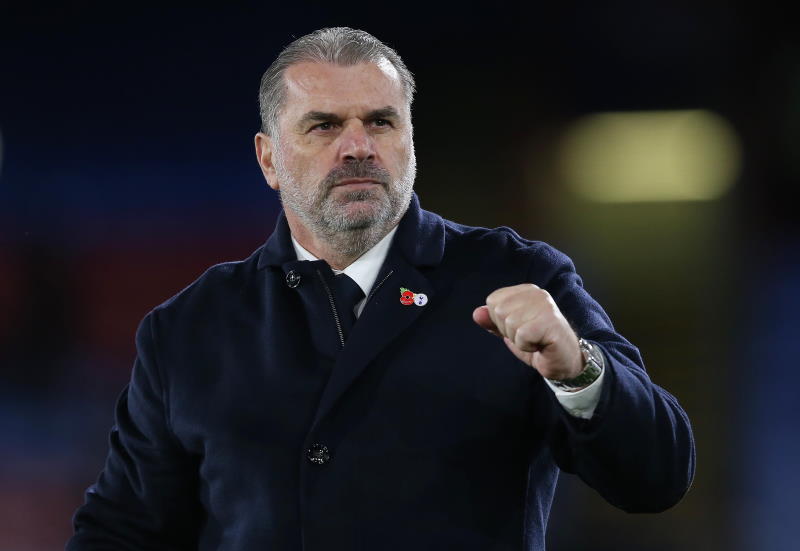
The outcome of the England vs Italy quarter-final at Euro 2012 may have come down to the luck of penalties, but from the moment the teams were revealed the Azzurri seemed to have the upper hand. Coach Cesare Prandelli opted, rather than play with the back three he also employed in the tournament, to field four in defence, two up front and use his ‘rotating midfield’, which sees three central midfielders ahead of Andrea Pirlo, pulling the strings from deep.
With that trio of Daniele De Rossi, Claudio Marchisio and Ricardo Montolivo to contest midfield duels ahead of him, there was an indication Pirlo was going to have an abundance of time against England. With Roy Hodgson’s usual system, the Three Lions employed just two central midfielders, in Steven Gerrard and Scott Parker. Hodgson, a thoughtful coach, had a plan though.
For 20 minutes England were arguably the better side, because Hodgson’s narrow system meant that whilst the Three Lions may only have had two central midfielders, support players were not far away and therefore Pirlo and his colleagues had little space. This was accentuated by the deep position of the forwards, Wayne Rooney and Danny Welbeck, who were the players closest positionally to Pirlo in the first half. Rooney was seemingly meant to deprive Pirlo of space, with Welbeck’s more useful for his pace on the break. England had also pushed up, and seemed tactically on top, but Prandelli played the hand dealt to him wonderfully well.
With England pressing forward, Pirlo picked up the ball close to his own area, moved forward, and played a delightful pass which found Mario Balotelli clear on goal – but he could not finish. England’s defence, lacking pace, seemed exposed to Balotelli and Antonio Cassano from such long passes, and was vulnerable whenever they pushed up, so Hodgson’s men gradually retreated into a deeper position. With Glen Johnson one of the best England players at coming from deep to join attacks, this was especially problematic, as it left him stranded deep in his own half.
England sitting back only meant Italy dominated more. Pirlo did not have to do too much running, for most of his passing was done from around the front half of the centre circle. And the deeper England became, the more Italy could find their talisman, as Hodgson’s side were retreating away from the area in which he played.
Pirlo therefore continued to torment the English by orchestrating move after move. And the more Italy passed it around them, the more tired England became, shown when captain Steven Gerrard went down with cramp with almost a quarter of the game still remaining. Tired teams retreat deeper still, only compounding the problem. This made deadlock only more likely, as England are good defensively and have the discipline necessary without the ball to be able to hold off a team passing and moving well.
But 0-0 would mean penalties, an outcome neither country would really have wanted given their respective misfortune in shootouts over the years (though Italy won the World Cup in one of their rare penalty successes). Hodgson was clearly worried about the lack of attacking threat his team showed. Italy were able to nullify England counter attacks as often De Rossi dropped back near to Pirlo, and with Ignazio Abate and Federico Balzaretti pushing forward, the Azzurri effectively had four men playing just in front of the centre circle, giving England few avenues to break through. Hodgson tried to respond to give greater impetus to the attack, and did not make a bad effort of it either – though he kept the same defensive shape.
Bringing on Andy Carroll and Theo Walcott was logical. The long ball to Carroll may be unsophisticated, but would have the effect of bypassing the midfield which was blocked by Italy, and forcing them deeper. As Carroll can play as a one-man attack, it would also mean Rooney could drop back further and stifle Pirlo, as the system seemed originally designed for him to do. Yet the Manchester United star looked unwilling, perhaps because he sensed England needed more attacking impetus.
Carroll did not do badly, and improved England’s attacks by controlling the ball well and bringing others into play, but again there was no longer the running and energy left in Hodgson’s men to get enough forward to build really threatening attacks.
The introduction of Walcott would ideally have struck fear into Balzaretti and stop his impressive raids down the left. Both ploys failed though, as Walcott had few options with the ball as his team-mates were too tired to pour forward in numbers. And the speedy winger is best when the ball is played to him behind the left back, and not once did England manage that, though Parker at least attempted it.
England only seemed dangerous all night at the start when they had pushed forward. With Germany to come next, Joachim Low will have been delighted with the quarter-final between the English and the Italians, and not just because it will presumably have tired Italy. The Germans will have taken many ideas from England’s performance as to how to beat Italy. When England pushed forward early on, they looked threatening. Germany will surely look to do just that, and with the array of talent they have going forward, as well as finishing skills of Mario Gomez, Italy will have plenty to think over – Prandelli will though hope to catch a more attacking side on the break with Pirlo’s passing.
Germany therefore may wish to employ Jerome Boateng instead of Holger Badstuber alongside Mats Hummels, to give them the pace to track Cassano and Balotelli. There is also a question over who will stifle the space Pirlo plays in; Mesut Ozil would probably be the man closest to him positionally. England’s few attacks of note in Kyiv also came through overlapping full backs – Johnson in the opening minutes and Ashley Cole near the end. Philipp Lahm will relish showcasing his attacking threat from full back in the semi-final, whilst Low may also want a fast winger to force back Italy’s own full backs.
Prandelli meanwhile may revert to the three-man defence Italy employed against Spain. This system, used by most of the Italian players in their club teams in Serie A every week, including the unbeaten champions Juventus, can be highly effective on the counter attack. With the passing skills to retain the ball and the attacking thrust of Abate and Balzaretti, Italy could cause Germany problems on the break.
Germany will undoubtedly be favourites after their superb run so far at Euro 2012. England probably made Italy look better than they are, but Prandelli’s side have already held Spain. Most of their team are used to playing on the break, whilst they also have a sizeable contingent from champions Juventus who went through the Serie A campaign without suffering a single loss; morale then is not an issue. The Azzurri also have memories of their last competitive meeting with Germany, when they won 2-0 at the 2006 World Cup in the semi-final. With Pirlo’s passing, so brilliant that day too, and Prandelli’s tactical nous, the Italians have the tools to throw a spanner in the works of this well-oiled German machine.

